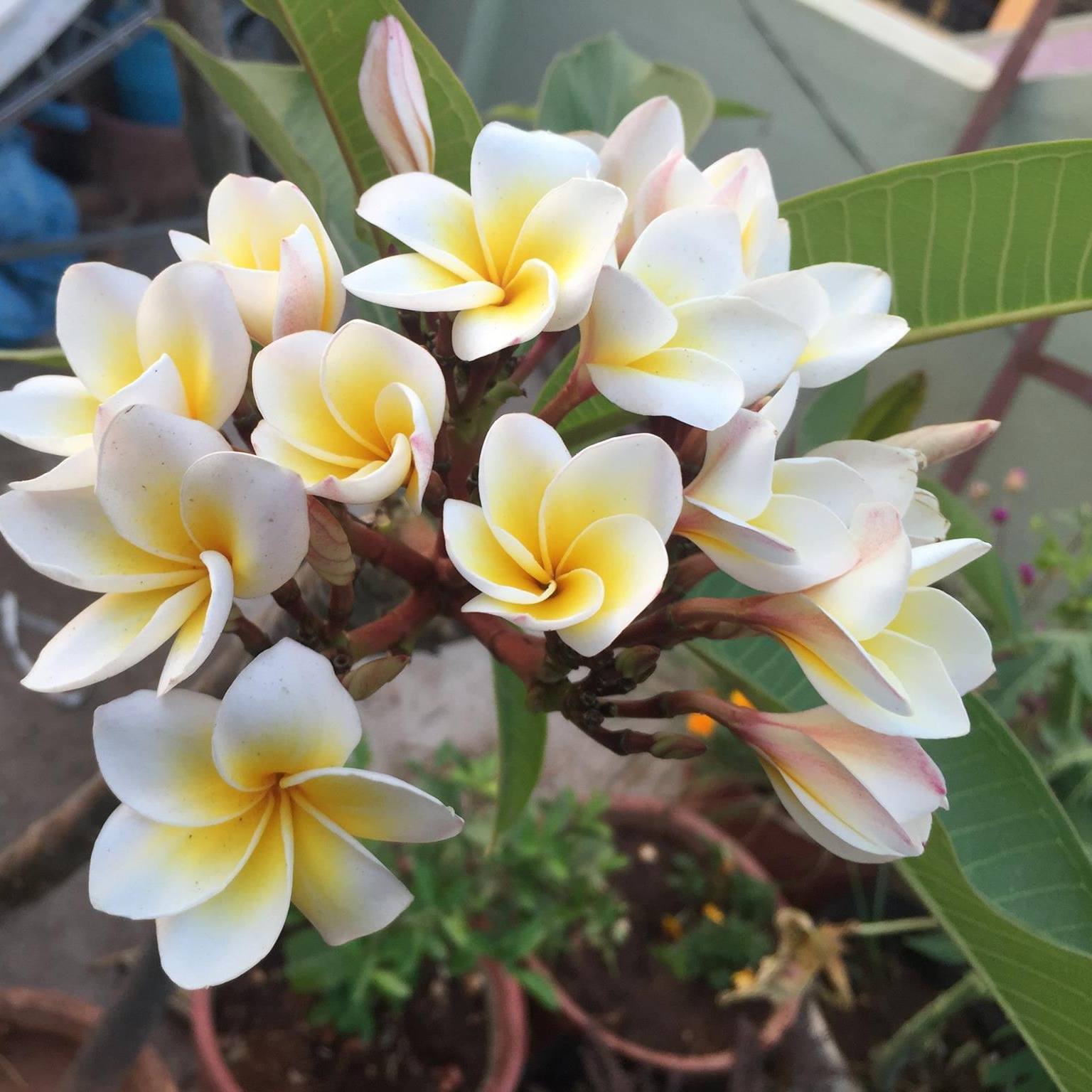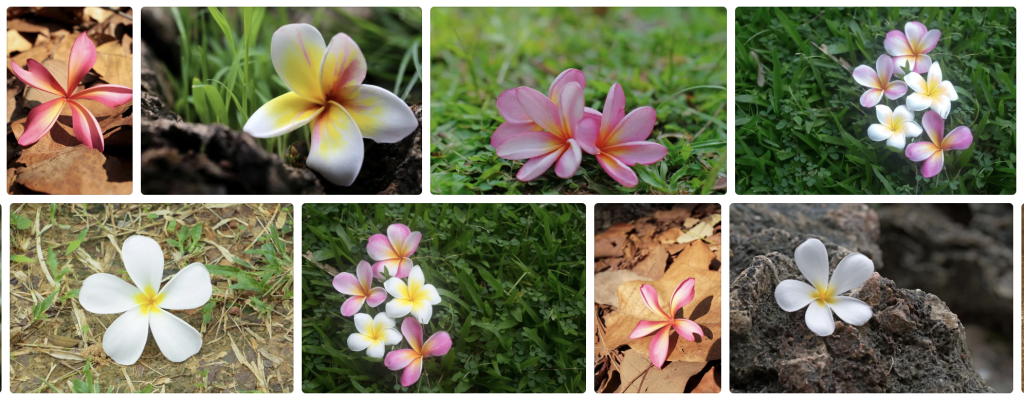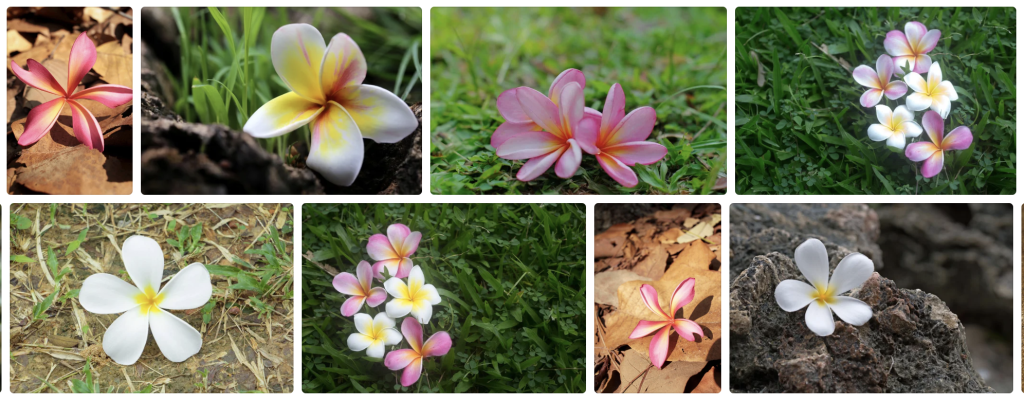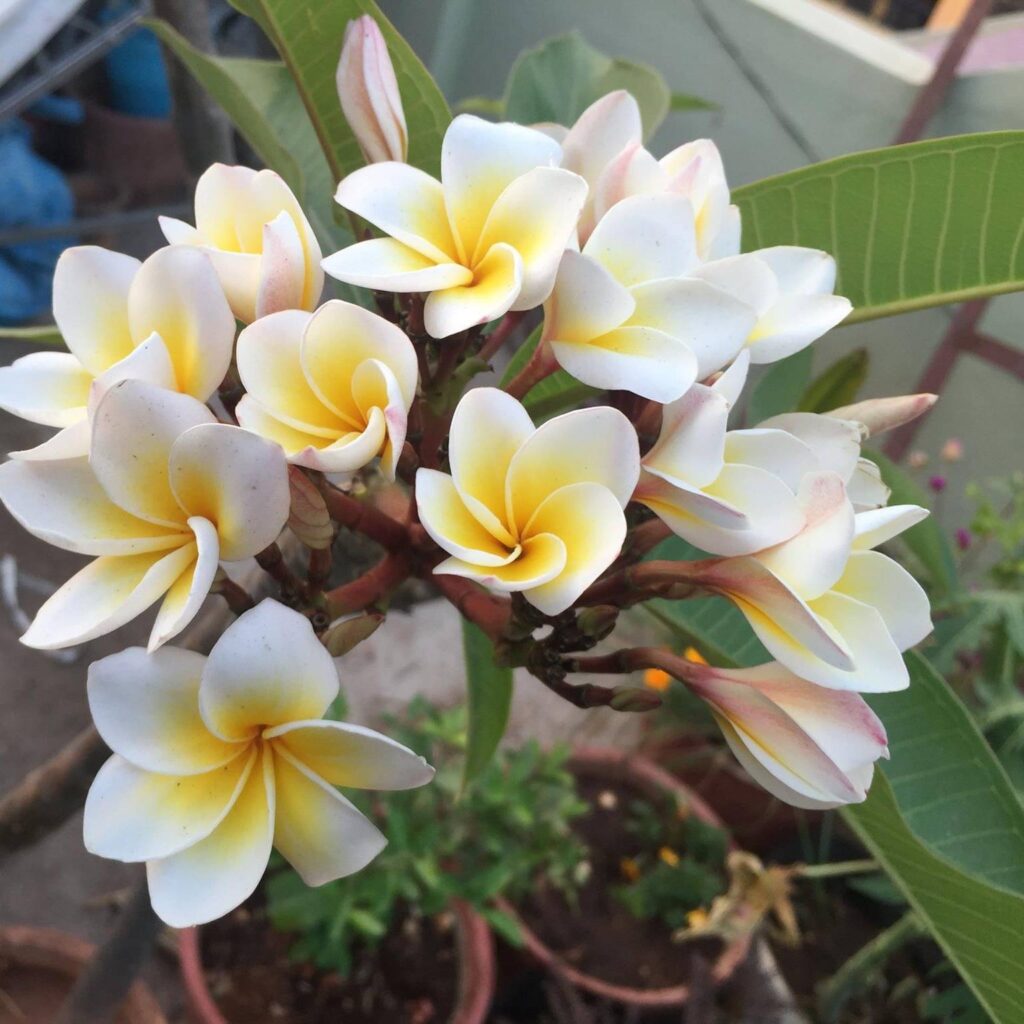
“Arali flower” is likely a reference to the flowers of the Araliaceae family, commonly known as the aralia family. Members of this family are found all over the world and include both trees and shrubs. Some well-known species include English ivy, ginseng, and Devil’s club. The flowers of Araliaceae plants are typically small and not particularly showy, but they can be important for their ecological value, providing food and habitat for pollinators such as bees, butterflies, and moths. If you are looking to cultivate arali flowers in your garden, it’s important to choose species that are well-suited to your local climate and growing conditions, and to provide them with proper care, including adequate water and fertility, and appropriate light levels.
Chembakam is a type of flower native to Kerala, a state in South India. The scientific name of this flower is Hibiscus mutabilis, but it is also commonly known as the Confederate rose or Cotton rose. The flower is usually large, with five petals that can range in color from white to pink to red, and it blooms during the autumn season. In Kerala, the Chembakam flower is often used in religious ceremonies and festivals, and it is also used in Ayurvedic medicine for its various healing properties. Additionally, the Chembakam flower is the state flower of Kerala. You can grow this from branches, it stays for long time even if you cut the branch and leave it aside. I planted this in a small pot, so no much branches. It grows very big, but the branches cut very easily.

Chembakam, or Michelia champaca, is a beautiful flowering tree known for its fragrant, yellow to orange blossoms. If you’re looking to grow Chembakam, here’s a step-by-step guide:
1. Climate and Location
- Climate: Chembakam thrives in tropical to subtropical climates. It prefers warm temperatures and is not frost-tolerant.
- Location: Choose a sunny spot with plenty of light. It can tolerate partial shade but blooms best in full sun.
2. Soil Requirements
- Type: Well-draining soil is crucial. Sandy loam or clay loam is ideal.
- pH: Slightly acidic to neutral soil (pH 6-7) is preferred.
- Preparation: Enrich the soil with organic matter like compost to improve fertility and drainage.
3. Planting
- Propagation: You can grow Chembakam from seeds or cuttings. Seeds need to be fresh for best results.
- Seeds: Soak the seeds in water for 24 hours before planting. Sow them in a seed tray or pot with a well-draining potting mix.
- Cuttings: Take semi-hardwood cuttings during the growing season, dip them in rooting hormone, and plant them in a pot with a mix of perlite and peat moss.
- Spacing: If planting multiple trees, space them about 10-15 feet apart to allow for their mature size.

4. Watering
- Frequency: Keep the soil consistently moist, especially during the growing season. However, avoid waterlogging.
- Method: Water at the base of the plant to avoid wetting the foliage, which can lead to fungal diseases.
5. Fertilizing
- Type: Use a balanced fertilizer (like 10-10-10) or one formulated for flowering plants.
- Timing: Feed the plant every 6-8 weeks during the growing season (spring and summer).
6. Pruning
- Purpose: Prune to maintain shape, remove dead or diseased branches, and encourage bushier growth.
- Timing: The best time to prune is after the blooming period. Avoid heavy pruning as it can reduce flowering.
7. Pest and Disease Management
- Pests: Watch for common pests like aphids or spider mites. Use insecticidal soap or neem oil if needed.
- Diseases: Ensure good air circulation around the plant to prevent fungal diseases. Remove any affected leaves promptly.
8. Care and Maintenance
- Mulching: Apply a layer of mulch around the base to retain moisture and regulate soil temperature.
- Winter Care: If you’re in a cooler climate, protect the tree from frost by covering it with burlap or moving it to a sheltered location if grown in a pot.
With the right care, Chembakam can grow into a stunning tree with aromatic flowers that will enhance your garden. Enjoy the beauty and fragrance of this lovely plant!

